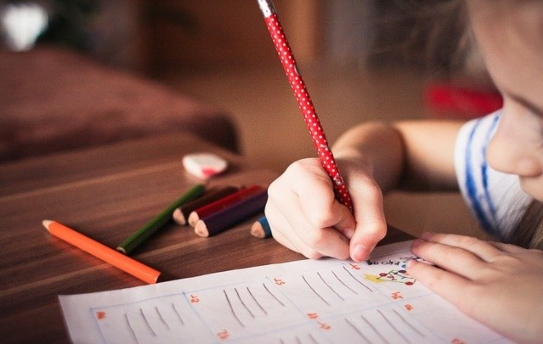- Home
- Teaching Strategies
- Generalization
Generalization: Help Your Child Apply New Skills to New Situations
How can you help your child with generalization, the applying of new skills to new situations? Many children with autism may be able to learn a new skill but not be able to apply it in different situations or with different materials.
For example, some children may learn addition from a certain math book, but be thrown off when asked to work those same problems on a worksheet.
While this may be easy for most typical children, generalization can be quite difficult for many children with autism. Here is a quick guide to help your child overcome this challenge.
Imagine this scenario:
Susie goes to speech therapy. She’s learning how to say her words very well. During her lessons, her speech is becoming easier to understand because she’s pronouncing her consonants better than she did before.
Her mom and her therapist are very proud of her. And they should be. Susie has worked very hard and she’s come so far.
But at home, Susie’s mom is a little concerned. Susie goes back to her old habits of speech after she leaves the therapy room. At home, all that she learned in speech therapy goes out the window.
Susie is not alone. This is a common problem among many children with autism. They may learn a skill in one setting and not know how to carry that over into other situations.

Repeat the Lessons in New Settings
As you probably know, once they have learned a new skill, most children who have no disabilities will need no further instruction. They automatically know how to take this new skill and use it in a variety of ways and in different situations.
But children with autism often need more help than that. They may learn an important skill during therapy or at school, but not know how to make it a habit that they practice everywhere, all the time.
Children like Susie might learn some new speech skills during therapy and then drop the new speech when they go home.
Using a generalizing technique would involve helping her learn to apply this new speech skill at home, on the playground, at the store, and in other settings. Susie’s mom could decide to repeat some of the same lessons at home that her therapist taught her. She could even find different activities that will reinforce the speech in different ways.
Once she is improving during these lessons at home, her mom could simply move to gently correcting her in different settings.
These steps can turn what she has learned during therapy into a habit for everyday life.

Repeat the Lesson in Different Ways
Transferring newly learned skills to new places is one way skills may need to be generalized.
But sometimes kids might be thrown off by new materials as well.
For instance, if children have learned to read words on flash cards only, they may not be able to transfer that skill to the reading of books unless their parent or teacher has included the reading of books during their lessons.
Or in the case of a math lesson, a child might be able to count very well using an abacus. But if they practice counting only on an abacus, they may not know what to do when asked to count blocks or beads.
This can even be a problem with social skills. If Johnny is told to take turns at home with his brothers and sisters, he may not realize that he should take turns with his classmates at school as well.
This can sometimes be a source of frustration for parents. They may be tempted to say, "Johnny, I thought I told you to take turns!"
Patience is key here as we remember that what may seem clear to us may not be obvious at all to children with autism.
The answer to these challenges is simple. Once your child has learned a skill using one material or in one situation, practice it with other materials, with other people, or in other situations.
Include Generalization Steps for Every Subject You Teach Your Child
If you know this is an issue with your child, you may find it helpful to include steps to generalize each newly learned skill in every subject you teach them.
Making generalization of skills part of your child’s learning program puts essential finishing touches on all the training that will give them greater independence.



New! Comments
Have your say about what you just read! Leave me a comment in the box below.